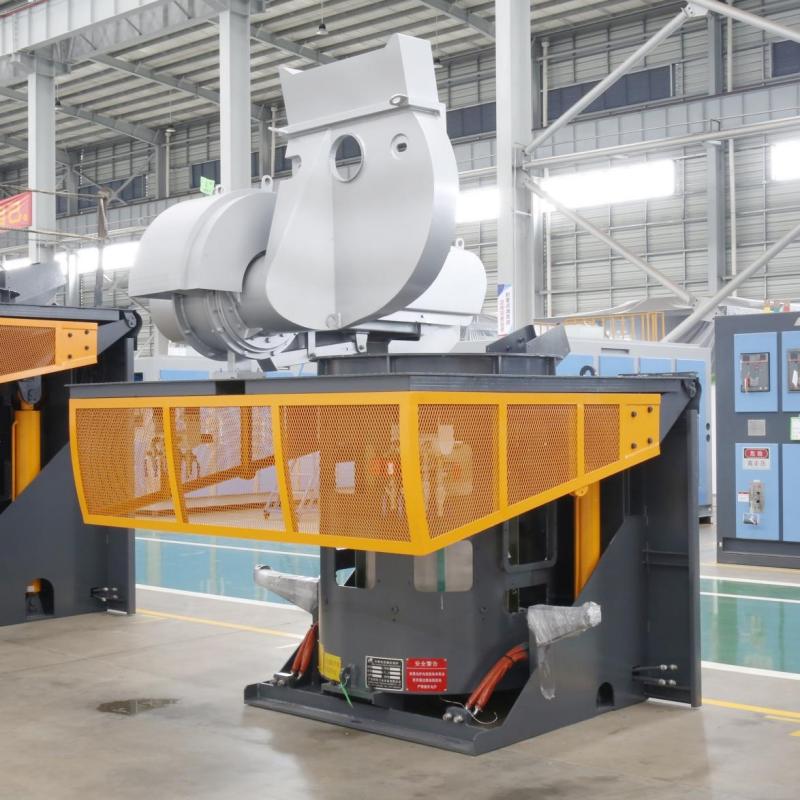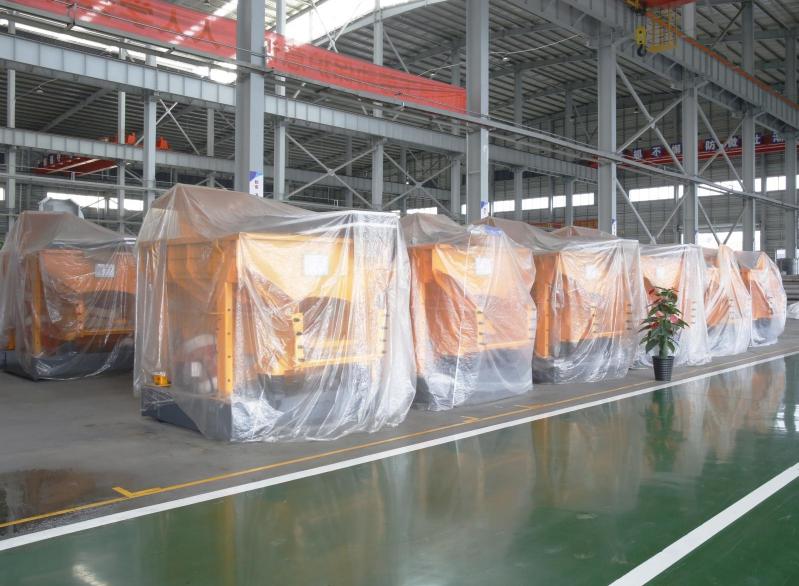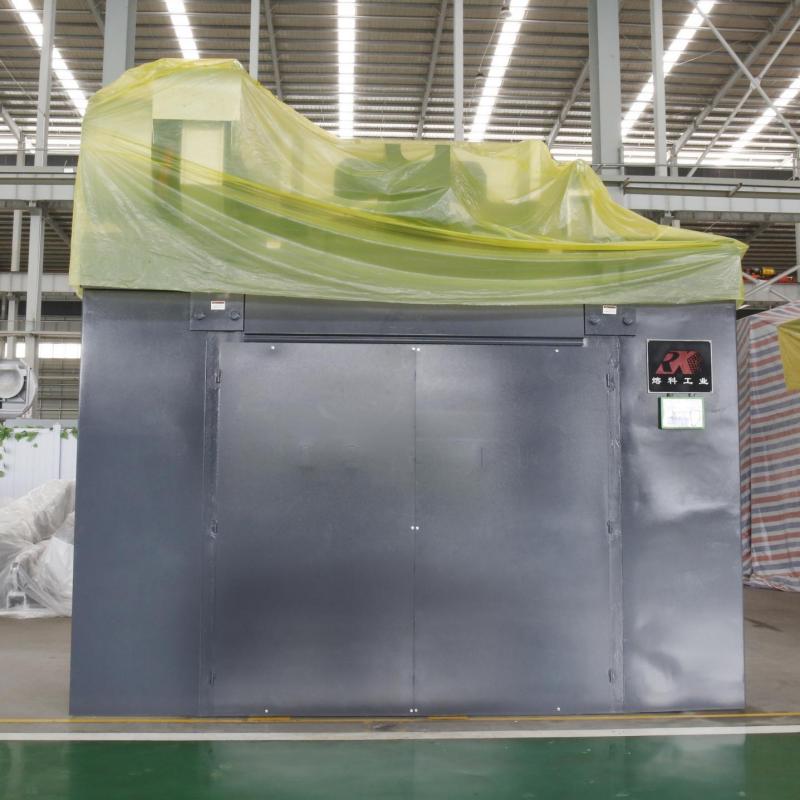5 Ways You’re Misusing Your Induction Furnace For Copper Melting
Induction Furnace For Copper Melting sits at the core of every modern foundry, yet even seasoned operators slip into habits that drain energy, hurt metal purity, and shorten furnace life. At RONGKE, we audit hundreds of melt shops each year, and we keep seeing the same avoidable errors. This article unpacks those mistakes, explains why they matter, and shows how our intermediate-frequency coreless technology turns risk into opportunity for cost-savvy producers.
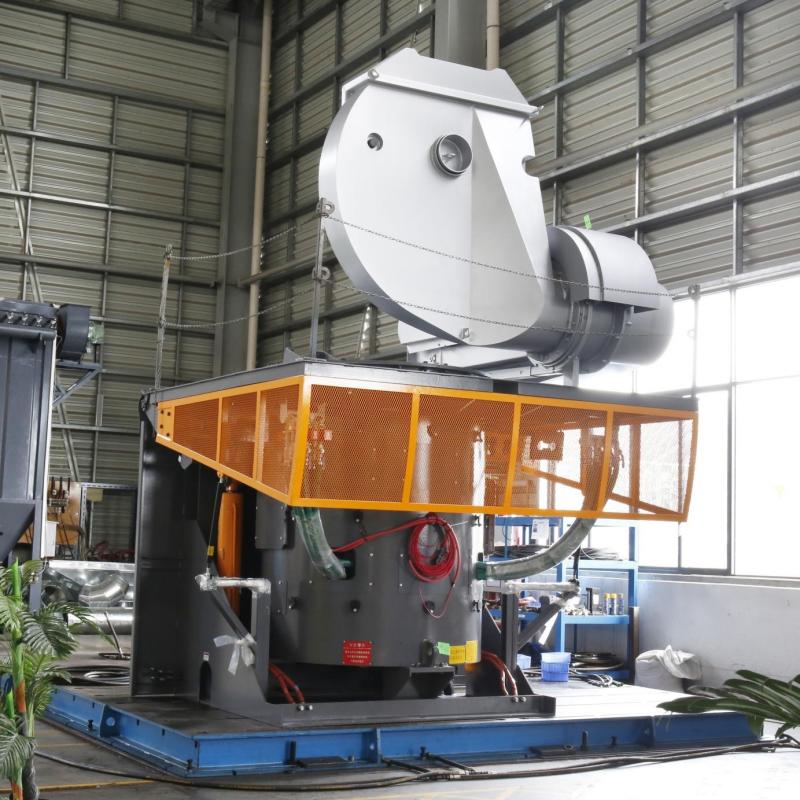
The Five Critical Mistakes We See Every Day
TOP 1. Neglecting Lining Health and Early Leak Signals
Many teams stretch a refractory lining beyond its safe window, trusting visual checks alone. Molten copper slowly creeps into micro-cracks, and by the time the coil picks up an alarm on a legacy furnace the damage is done. In contrast, our IDE all-round leakage alarm system reacts the moment seepage touches the first detection electrode and pinpoints the exact zone.
✔ Safer shutdowns save crucibles and keep staff out of harm’s way.
✔ Early warning avoids costly coil replacements and unplanned stoppage.
TOP 2. Disregarding Coil Contamination From Dust
A dusty bay looks harmless, yet airborne fines settle on the coil, bridge conductors, and trigger flash-overs. Conventional open shells leave the copper loop exposed. RONGKE’s fully enclosed furnace shell forms a second shield, stopping dust ignition and cutting magnetic radiation to a tenth of standard values. Operators gain a safe induction copper melting system without expensive air filtration retrofits.
TOP 3. Overlooking Cooling-Water Quality and Flow
Copper melts around 1080 °C, and the coil must shed heat instantly. Hard water, low flow, or small hose diameters choke the path, raising tube temperature and scaling losses. Our design channels distilled water through German carbon-free rubber pipes, each loop monitored for temperature and pressure. The cooling logic links into the leakage alarm; one warning covers both risks, so you never fight two panels to protect one coil.
✔ Balanced flow across magnet yokes lengthens service life.
✔ Automatic cut-out prevents tube anneal and early fatigue.
TOP 4. Running at the Wrong Frequency for Charge Mix
Intermediate-frequency settings determine stirring strength and surface turbulence. Too low, and copper stratifies; too high, and oxides rise, robbing purity. Many shops run one default set-point, hoping for the best. RONGKE’s double-coil architecture and magnet yoke enclosure channel magnetic flux precisely, letting melt shops match frequency to each alloy. The result is tighter chemistry, smoother pours, and energy efficient copper melting furnace performance in every shift.
TOP 5. Ignoring Mechanical Stress During Tilting
A jerky tilt wrecks bearings, shocks refractory, and spills metal. We see furnaces rigged with single pumps run to failure. RONGKE mounts dual hydraulic rods with one pump in hot standby. Explosion-proof valves, fire-proof sleeves, and a 360-degree dust hood combine for tilt motions that feel as smooth on the joystick as they look on camera.
How RONGKE Induction Furnace For Copper Melting Solves the Pain Points
At RONGKE we build the entire body around a simple promise: melt more copper with less worry. The shell uses heavy-duty steel plates welded into a hermetic wrap, so stray powder stays out and noise levels drop by roughly a third compared with open designs. Inside, TU1 oxygen-free copper extruded to the industry’s thickest wall – forms a coil that carries current with minimal I²R loss. The magnet yoke, crafted from cold-rolled directional silicon steel, captures over 70 percent of the field and pushes it back into the bath. Less stray flux, less heat creep, and dramatically lower radiation make for a calmer shop floor.
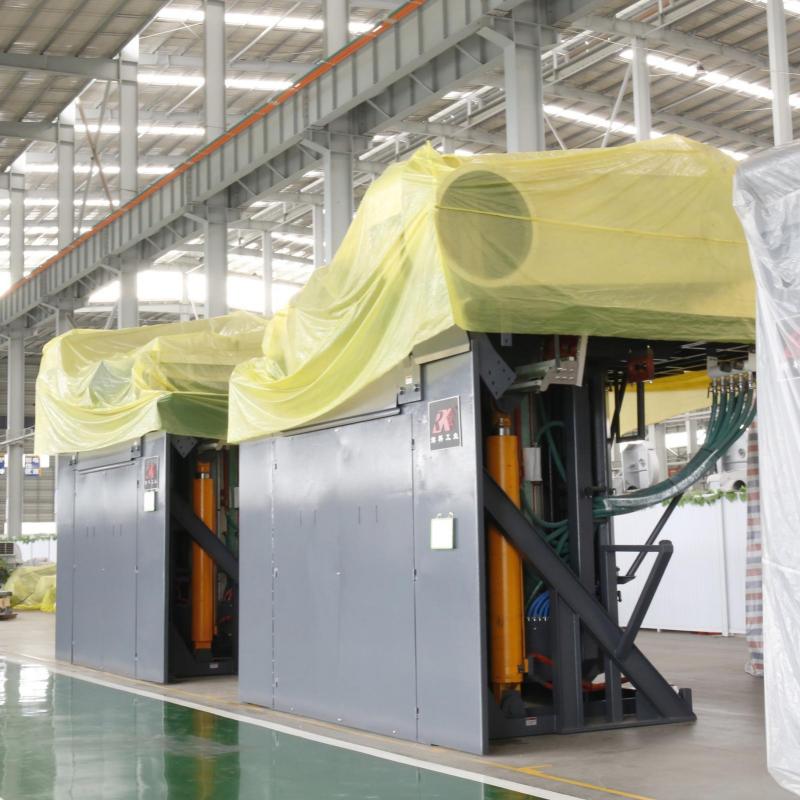
Water courses through both sides of every yoke, equalising temperature and removing hotspots that shorten life in other brands. Each pathway is instrumented; the PLC reads flow, pressure, and conductivity in real time. Should molten metal approach within two centimetres of the coil, grounding detection trips before harm occurs, buying the operator extra seconds that matter.
Beyond the furnace body, RONGKE supplies a matched hydraulic set, closed-loop distilled water station, and IDE leakage monitor – all CE-certified and ISO-audited. Because every module shares one touchscreen, shift crews learn faster, diagnostics stay consistent, and maintenance teams spend more time improving yield instead of chasing disparate alarms.
When customers upgrade, they often cut total energy per tonne, yet the deeper win is stability. No more Monday-morning restarts after a weekend flash-over, no more frantic refractory patches in the middle of a rush order, no more coil swaps that blow the budget. One plant manager told us, “You took the drama out of melting.” That is exactly our goal.
• Move Forward With Confidence
Choosing the right Induction Furnace For Copper Melting is not only about kilowatts and tonnes per hour; it is about sleeping well, knowing your furnace will pour every heat on spec. RONGKE has spent more than a decade refining each weld, pipe, and PCB so that operators worldwide can focus on casting quality parts instead of fighting downtime. Ready to eliminate the five mistakes we highlighted? Click the link below, book a one-on-one consultation, and let our engineers map a path from your current pain points to a safer, cleaner, and more profitable copper melt shop.
��� Take the next step with RONGKE – schedule your free melt-shop audit today.



